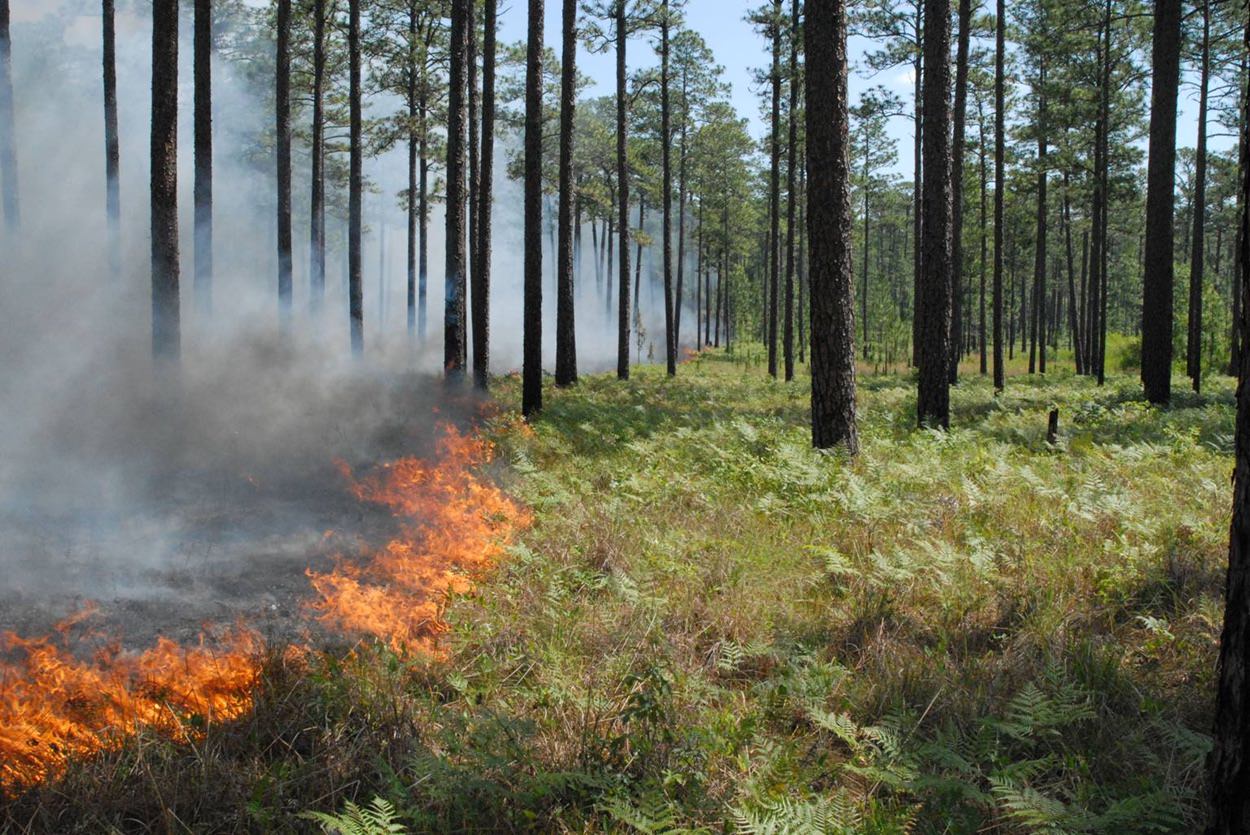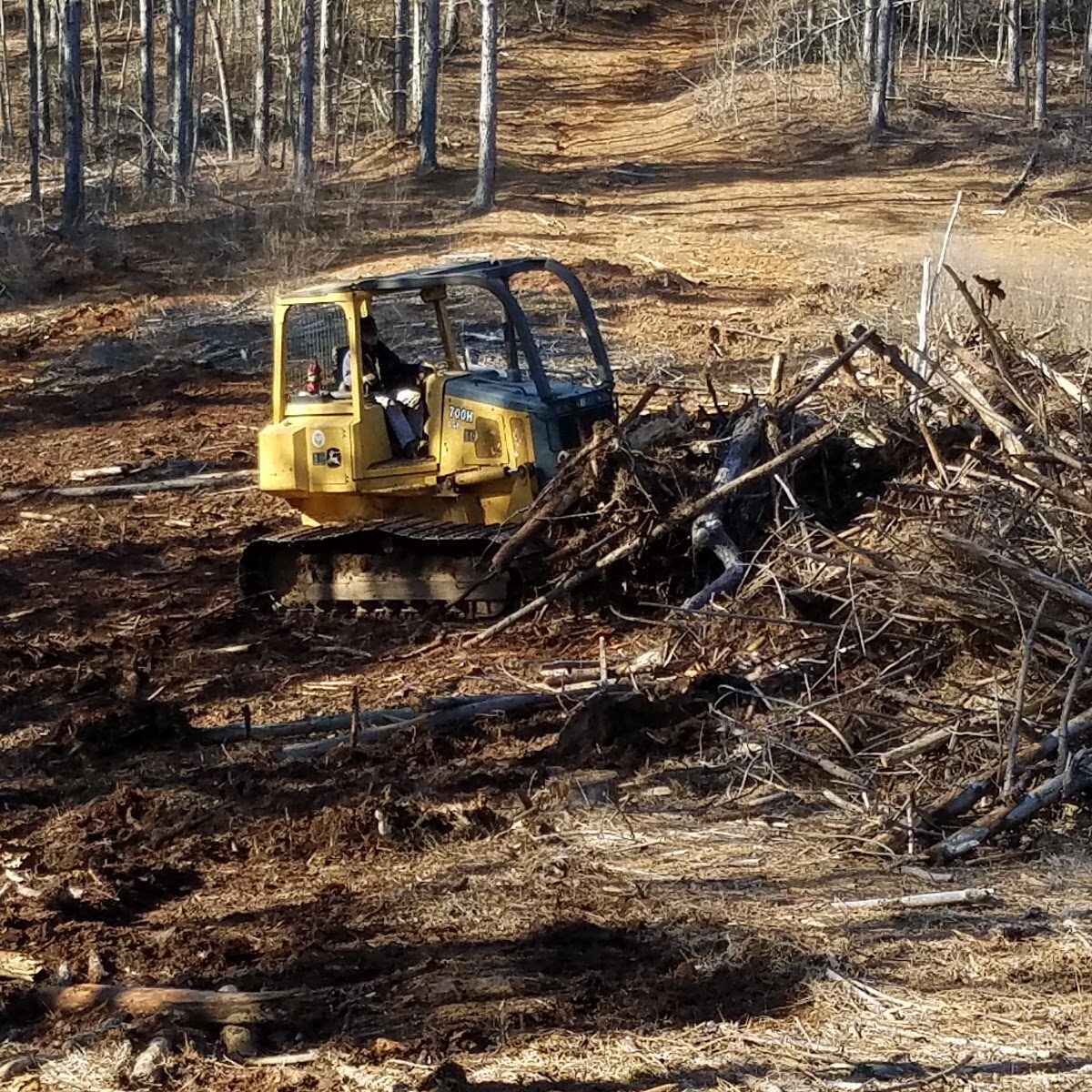Beyrich's Three-Awn Grass
Aristida beyrichiana
Status: Secure
Beyrich's Three-Awn Grass is an important species of wiregrass for the longleaf pine ecosystem. This type of grass is referred to as a bunchgrass because it grows in bunches. This grass is highly flammable and allows fire to travel across the forest floor without burning too high. This species, along with a few other species of wiregrass, are considered keystone species for the longleaf ecosystem, meaning that the health of the ecosystem depends on this type of grass being present. "Threeawn" refers to the species' three-pronged seedheads, called "awns."


Habitat & Range
This perennial grass (meaning it grows back year after year) is native to the southeastern United States, found namely in Alabama, Florida, Georgia, and South Carolina. This grass requires a lot of sun and can tolerate pretty hot and dry conditions.
Food Web & Energy Flow
The Beyrich's Three-Awn Grass, like most plant species, uses photosynthesis to get it's energy from the sun and draws nutrients from the soil. As a perennial grass, this grass species grows deep roots that are important for regenerating quickly after fires burn through. These roots are also important for storing carbon underground!
Relationship With Fire
Wiregrasses are highly flammable types of grasses that grow in bunches, which is why they are referred to as bunch grasses. Growing across the forest floor allows fire to spread quickly but also burn out at a faster rate. This is why wiregrasses are considered a keystone species in the longleaf ecosystem. These grass species are also dependent on fire to reproduce, as it only sets out seeds AFTER it has been burned!
Relationship with Other Species
The quick and low burning fire created by wiregrasses create ideal habitat conditions for many other species that depend on the longleaf pine ecosystem. The seeds produced by these grasses are also an important food source for songbirds like the Bachman's Sparrow.

Conservation Status
Beyrich's Three-awn grass is considered Secure and is not currently under any major threats. Some states have different levels of pressure due to habitat destruction and fire suppression but they are still minor threats.

Human Impacts/ Threats

Land Use Conversion
Longleaf forests and the habitat it supports is being cleared or converted to use the land for other uses like houses, roads, agriculture, and even to grow different types of trees to sell.

Fire Suppression
Many people think of fires in the forest as bad, so they work hard to prevent or suppress them. But longleaf forests NEED regular fire to support habitat for the creatures that live there!
Resources
Lady Bird Johnson - Wildflower Center. Beyrich threeawn
Encyclopedia of Alabama. Wiregrass
